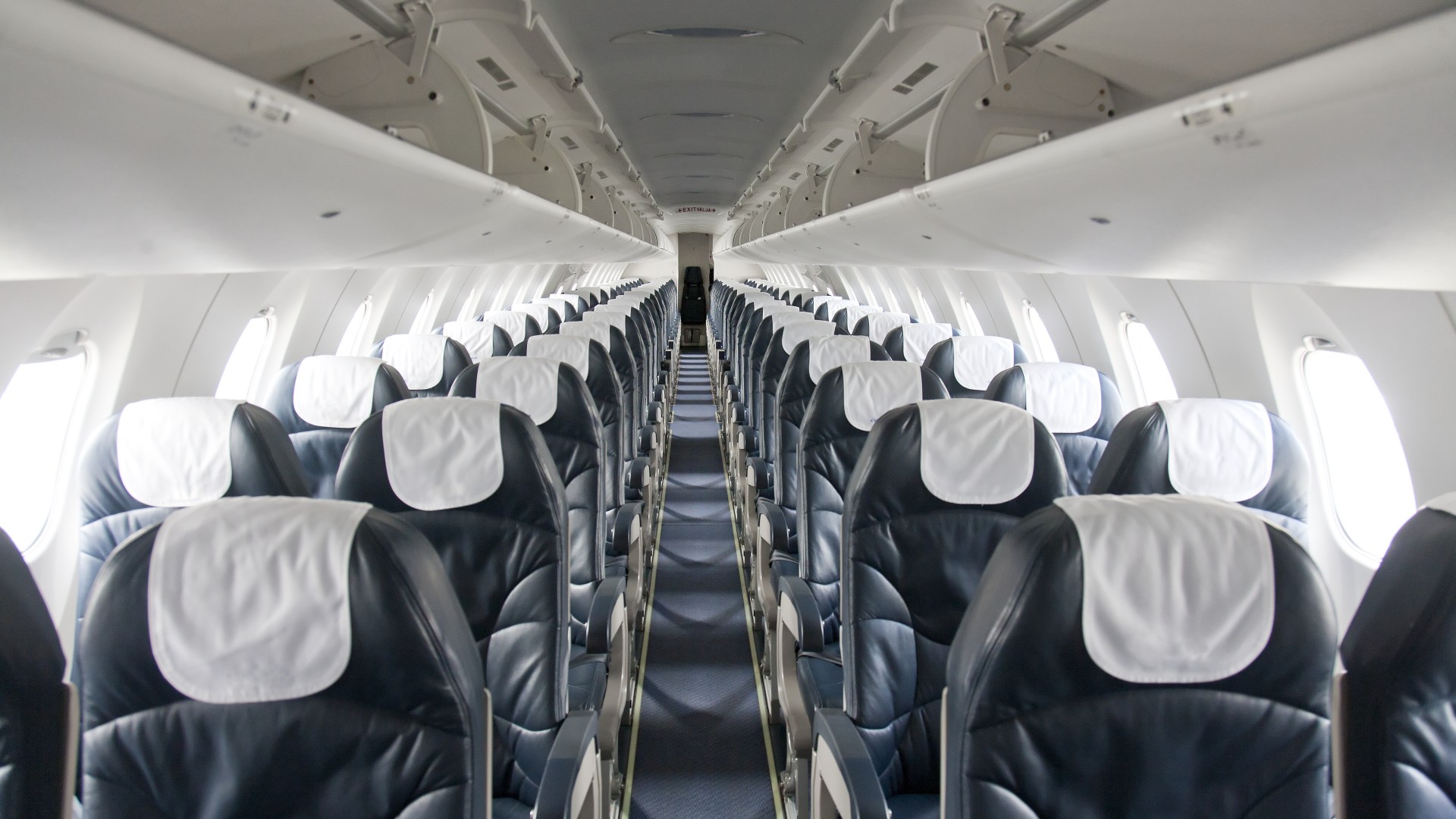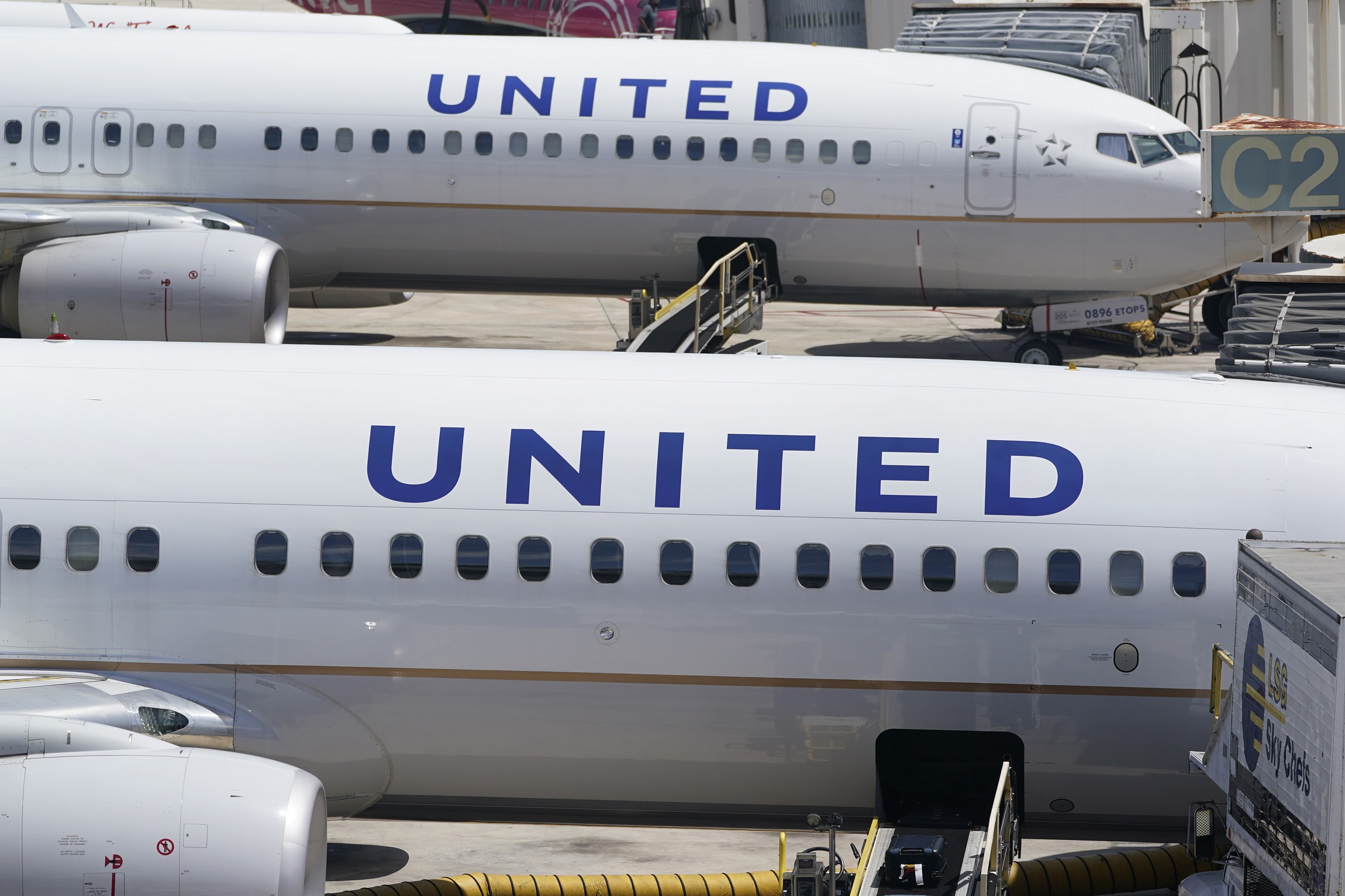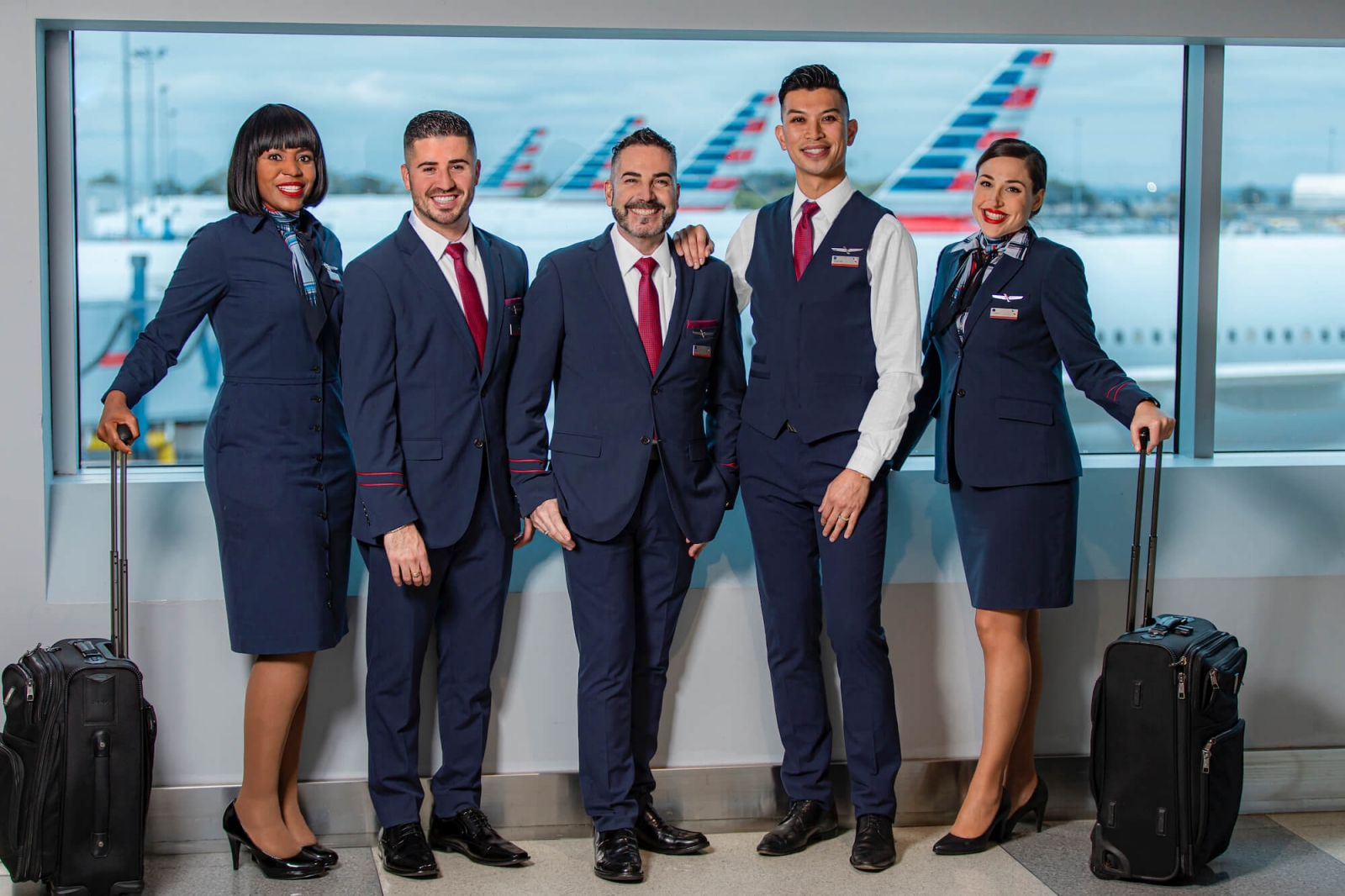If the customer gives permission to be identified, retailers may engage with tailored offers at various points of the journey, including at the airport, onboard, or even at the destination.
This is a vision of a seamless journey that relies heavily on IATA’s Modern Airline Retailing (MAR) initiative.
“But, to make that journey a reality takes mastery of several elements,” says Yanik Hoyles, IATA’s Director, Distribution. “We’re making real progress, though, and there is strong momentum. 100% Offers and Orders and the seamless journey should start to be commonplace by the end of the decade.”
Work in progress
A commonly adopted first step for any airline on the MAR journey is the New Distribution Capability (NDC) standard. A recent survey of more than 150 airline executives revealed 81% of their airlines had adopted NDC, adding to the substantial evidence from other sources—such as IATA’s Airline Retailing Maturity (ARM) index—that this element of the business transformation is now mature.
Other components of the journey to 100% Offers and Orders are still in the early stages, but several airlines have embraced the concept and are already making significant investments alongside a growing group of dedicated IT providers.
All told, there are close to 40 pilot projects in progress. Some aspects on Offers—such as dynamic pricing—are live and leading airlines are expected to start processing Orders through new systems from late 2025 or early 2026. The market should begin to mature from 2028. Meanwhile, 11 pilots are also exploring Interline with Offers and Orders.
Payment and finance are critical areas if the transformation is to be effective. Improvements in payment, for example, will reduce cost and enhance revenue for airlines while also providing the customer with the choices they expect. There are an increasing number of payment options across the world, and it will be mission critical for airlines to make the payment method of choice available to their customers in as many touchpoints as possible.
Finance will similarly undergo major change. Consider revenue accounting, which has traditionally performed a reconciliation exercise post-travel. The new systems and processes in place will make that unnecessary as full transparency in transactions will be available from the time of booking and throughout the journey.
Combining the elements
The glue that brings the multiple MAR segments together in a safe, seamless way, removing any friction points for the customer, is Digital Identity. An IATA Airline Retailing Consortium paper on the subject, Leveraging Orders and Digital Identity to Enhance the Customer Travel Experience provides details and has already been released.
Standards are equally essential and underpinning the transformation. The three core standards—NDC, ONE Order, and One ID—are already established. The Passenger Standards Conference (PSC) is working on complementary areas and by 2026 aims to develop standards in Offer and Order communication, product taxonomy, tax integration, and interline data exchange, among others. Importantly, all standards are being developed with a cross-functional approach to break down silos.
“The work to date shows that collaboration is essential,” says Hoyles. “IATA Advisory Councils on Distribution, Digital and Finance are all involved and meet regularly to discuss how to align their industry objectives.
“The IATA Airline Retailing Consortium has also devised a Business Reference Architecture, which has been approved by the PSC (RP1786a),” he adds. “Although a technical document, its scope is such that it covers all the key capabilities that airlines should consider on their journey to 100% Offers and Orders.”
A roadmap to MAR
Indeed, IATA, working with the Airline Retailing Consortium, had a busy 2024. Aside from ongoing exchanges, it spoke with travel sellers, ground handlers, airports, regulators, and industry partners—as all will be affected in the way they serve the customer.
* IT Providers: From the IT Providers with solutions that support the Business Reference Architecture to 100% Offers and Orders, 14 have presented their ideas.
- Travel sellers: This group contained the top 10 Travel Management Companies (TMCs), including new entrants, with a focus on the value of Orders and the TMC Business Reference Architecture.
- Ground handlers: Most of the leading ground handlers and main Departure Control Systems (DCS) are engaged with a focus on opportunities for customer processes in the context of a world of Orders.
- Airports: The Airports Council International (ACI) and three specific airports took part in consultations.
- Regulators: The focus in 2024 was digital identification, pre-travel verification and the future of PNRGOV (passenger name record), and the advance passenger information from airlines to authorities. Work was conducted in conjunction with International Civil Aviation Organization (ICAO) and the World Customs Organisation (WCO).
- Industry partners: One leader of each vertical, such as car hire, rail, hotel, and cruise, were consulted on the legal and technical aspects of using Orders.
Discussions with regulators were promising as MAR will still offer all required passenger data but do it in a far more efficient way. As such, Hoyles is confident that regulators will be in lockstep with MAR’s ambition.
Beyond the industry, rail, hotels, cruise companies, and car rental firms have all been involved, each excited by the extensive opportunities that MAR brings. It is thought these third parties may be integrated into the Offer and Order process from 2028.
Out of all this work has come a high-level industry transition roadmap. This will evolve over time as the 100% Offers and Orders journey progresses, but, broadly speaking, core solutions are anticipated in 2026 with adoption at scale happening from 2030.
“IATA’s Global Passenger Survey has revealed that the drive to 100% Offers and Orders cannot come soon enough, with 77% of surveyed airline customers wanting a fully digital travel experience, carrying their credentials in a digital wallet on a smartphone,” says Hoyles.
“We envision a future where customers manage all travel processes via their smartphones and carry all necessary documentation in a digital wallet,” says Hoyles. “MAR will transform the industry and the travel experience.”



